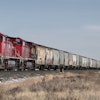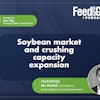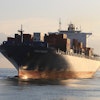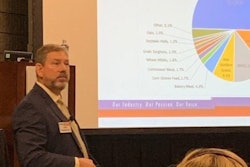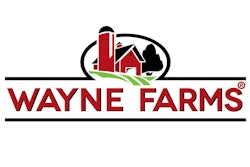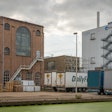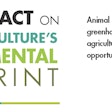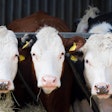
The March 1, 2019, deadline for theEPA’s Tier II EPCRA Reporting formis fast approaching. The Emergency Planning and Community Right-to-Know Act (EPCRA) was created to help communities plan for chemical emergencies, says Christian Richter, The Policy Group.
Richter spoke during AFIA’s Feed Production Education Program at IPPE Wednesday morning to give some guidance toward meeting the March 1 deadline.
“There are many questions regarding the EPCRA Tier II Emergency & Hazardous Chemical Reporting form,” says Richter. “For example, who’s responsible for reporting?”
Those below a 10,000 pounds of combustible dust threshold don’t have to report, he says.
The most important thing is to submit a complete form, says Richter.
Some stakeholders in the industry are concerned with the precise way to measure combustible dust, but Richter says just to make sure you check the box that says you have it. “Not checking the box is more of a flag,” he says.
Tim Gablehouse, president at Colorado Emergency Preparedness Partnership Inc., says completing the Tier 2 form is a defensive strategy to protect your business in the future.
“Unfortunately, these forms are most important after a death or disaster,” he says. “The more complete and accurate they are before this happens, the better place you’ll be in.”
For more information, visitepa.gov/epcra.


